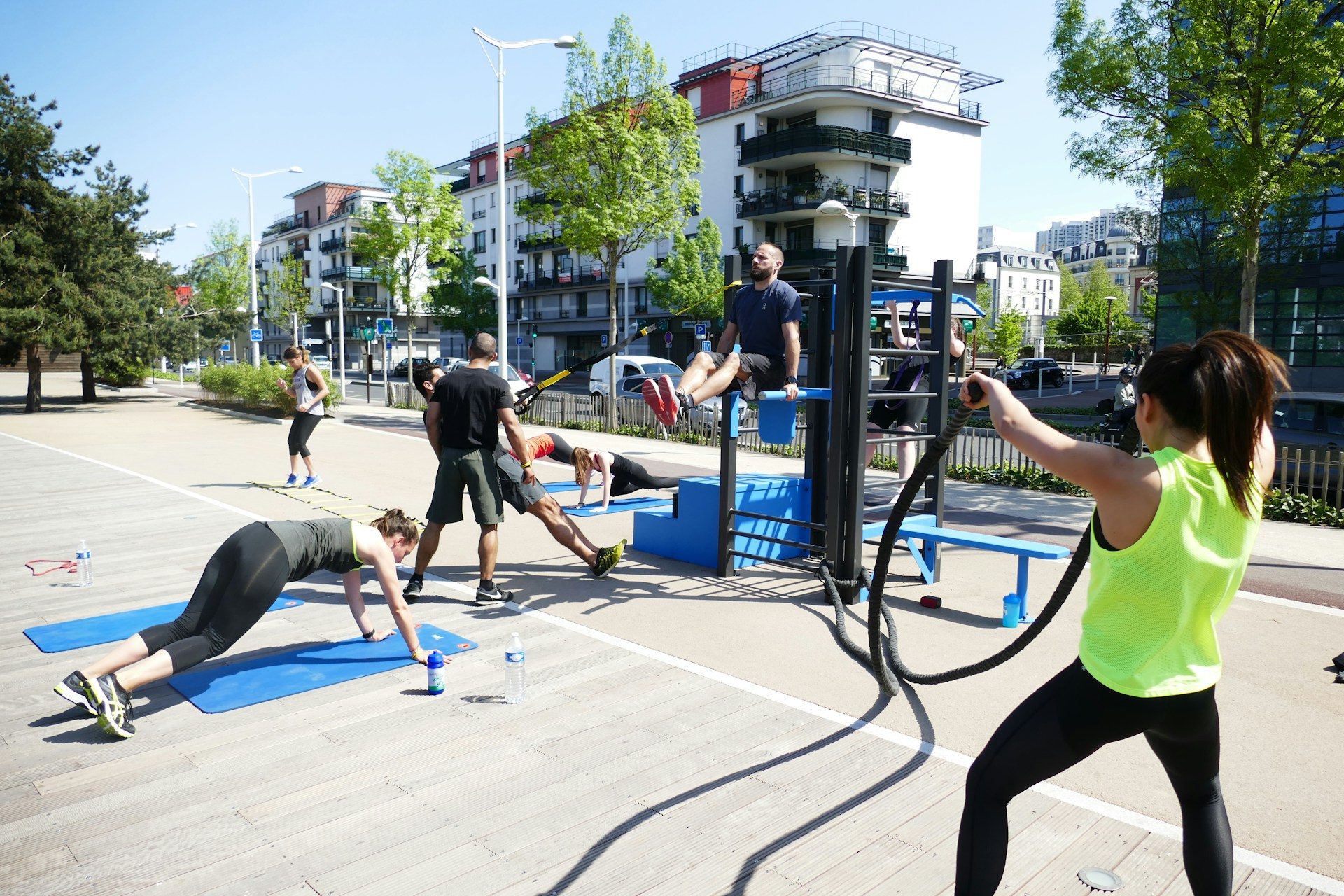
Achieve Your Fitness Goals with the Right Training Class
- Herminia Baker
- March 28, 2025
- Default
- 0 Comments
Signing up for a physical training class is one of the most effective ways to improve your overall fitness. However, with so many options available, how do you pick the right session tailored to your abilities and goals?
The wrong class could lead to frustration, burnout, or even injury, while the right one can set you up for long-term success.
This blog breaks down the essentials to help you choose a training program optimized for your fitness level. You’ll learn what to consider, what questions to ask, and how to make an informed decision.
Evaluate Your Fitness Level Before Signing Up
Choosing an appropriate class starts with an honest self-assessment of your current physical condition. Understanding where you stand will help you find a program that challenges you without overwhelming your body.
Recognize Your Starting Point
Are you a beginner, someone who’s taken a long break from fitness, or a seasoned enthusiast? Beginners may want to look for foundational programs like introductory yoga or basic strength training. Advanced fitness fans may opt for high-intensity interval training (HIIT) or CrossFit classes.
Monitor Your Stamina and Strength
If you can complete basic activities like jogging or climbing stairs with ease, you’re ready for more structured classes. For those struggling with endurance, low-impact options such as Pilates or light aerobics may be ideal for building strength gradually.
Keep Personal Goals in Mind
It’s important to align the class with your aspirations, whether it’s weight loss, building muscle, enhancing flexibility, or simply improving overall wellness.
Match Class Types to Your Training Goals
Not all training programs are created equal. Different classes focus on varying aspects of fitness. Understanding the purpose of each type can help you narrow down your options.
Cardiovascular Classes
If improving heart health or burning calories is your top priority, consider cardiovascular-focused programs such as spin classes, Zumba, or aerobics. These high-energy workouts keep your heart pumping for sustained periods.
Strength Training Programs
Want to build muscle and improve functional strength? Strength-based workouts like weightlifting, kettlebell training, or bodyweight circuits cater to individuals seeking greater physical power.
Flexibility and Balance Training
For enhanced mobility and injury prevention, look into yoga, Pilates, or tai chi. These classes emphasize slow, controlled movements perfect for people of any fitness level.
Mixed Format Classes
Some programs blend cardio, flexibility, and strength into one session. Think bootcamps or total body conditioning classes, which balance endurance with muscular development.
Understand the Class’s Difficulty Level
Once you’ve identified your preferred training type, the next step is analyzing the class’s level of difficulty.
Beginner Classes
These are structured for people new to exercising or returning after a long hiatus. They focus on proper form and basic movements while building a solid fitness foundation.
Intermediate Options
If you’re already familiar with fitness basics, intermediate classes can safely introduce you to complex movements while increasing intensity.
Advanced Sessions
These are designed for well-trained individuals ready to push themselves with explosive exercises or heavy resistance. Avoid advanced courses unless you have consistent workout experience.
Research the Class and Instructor
Before committing your time and money, investigate the class’s reputation and the trainer’s experience.
Read Online Reviews
Check this website and forums for feedback from previous participants. Look for common themes in reviews, whether positive or negative, to determine if the class meets your standards.
Find Qualified Trainers
An experienced instructor should have a relevant certification (e.g., NASM, ACE, or CrossFit Level 1). Trainers with credentials often provide better guidance, especially for beginners.
Attend a Trial Class
Many gyms offer free or discounted introductory sessions. Use these to gauge the atmosphere, pacing, and instructor qualifications.
Factor in Logistical Details
Classes can seem perfect online but may fall short due to practical concerns. Examine logistical elements before committing.
Location and Scheduling
Is the gym or studio easy to reach? Are the class times compatible with your schedule? Convenience can prevent missed sessions and keep you motivated.
Class Size
Smaller groups usually offer personalized attention, which is crucial for beginners. Larger classes may be energetic but could compromise individual guidance.
Costs and Memberships
Evaluate whether the fees fit within your budget and if the studio offers membership discounts, bundles, or pay-as-you-go options.
Warm Up and Progress Safely
No matter which class you choose, easing into your new routine is key to avoiding injuries and maintaining momentum.
Don’t Skip Warm-Ups
Stretching and light exercises prepare your muscles for more intense work. Look for classes that emphasize a good warm-up and cool-down.
Start Slow
Pace yourself in the first few sessions. Even seasoned athletes can benefit from gradually increasing difficulty levels to prevent overtraining.
Track Your Progress
Use fitness-tracking apps or journals to monitor your improvements. Note how you feel before, during, and after sessions to fine-tune your choices over time.
Take the First Step Toward Your Fitness Goals
Choosing the right physical training class is key to staying committed and achieving long-term results. By considering your fitness level, researching classes, and balancing convenience with goals, you’ll find a program that works for you.
Still unsure where to start? Check this website for recommendations on workout classes tailored to your needs. Your fitness transformation begins with your first class—sign up today!




